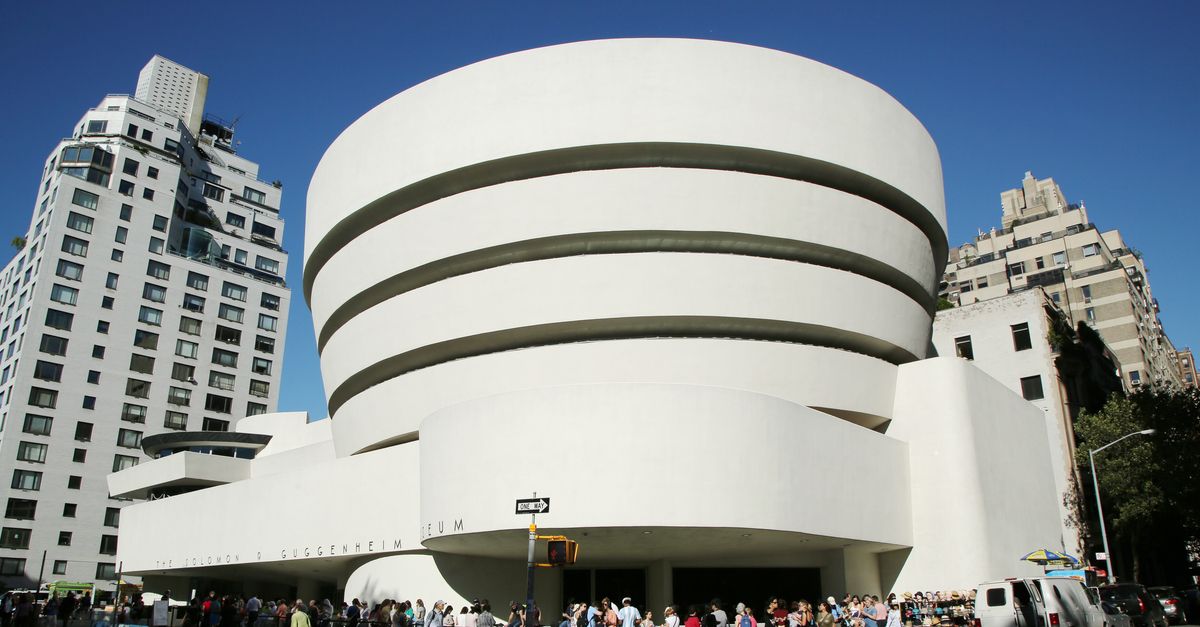Play all audios:
Controversy surrounded a planned exhibition of Chinese art at the Guggenheim Museum in New York, in September 2017, amid claims that it featured animal cruelty. In a petition posted to
Change.org, Stephanie Lewis wrote:
The Guggenheim is gearing up for a special exhibit to air for three months beginning Oct 6, 2017 called "Art and China after 1989." If the Guggenheim's plans stay as they are, the exhibit
will feature several distinct instances of unmistakable cruelty against animals in the name of art.
The petition highlighted and objected to three works from the exhibition: a seven-minute video showing eight dogs strapped to treadmills and forced to run on them while facing each other in
pairs; a video showing pigs with Roman letters and Chinese characters stamped on them having sex; and a table covered in a see-through dome containing insects and reptiles.
In its preview, The New York Times described these three exhibits.
The Times preview also includes photographs which appear to support these descriptions.
Whether or not these exhibits meet your personal definition of animal cruelty, Stephanie Lewis's petition accurately describes the basic facts about them.
On 25 September 2017, the Guggenheim Museum announced that these three installations would not be included in the forthcoming exhibition.
Out of concern for the safety of its staff, visitors, and participating artists, the Solomon R. Guggenheim Museum has decided against showing the art works Dogs That Cannot Touch Each Other
(2003), Theater of the World (1993), and A Case Study of Transference (1994) in its upcoming exhibition Art and China after 1989: Theater of the World.
Although these works have been exhibited in museums in Asia, Europe, and the United States, the Guggenheim regrets that explicit and repeated threats of violence have made our decision
necessary. As an arts institution committed to presenting a multiplicity of voices, we are dismayed that we must withhold works of art. Freedom of expression has always been and will remain
a paramount value of the Guggenheim.

